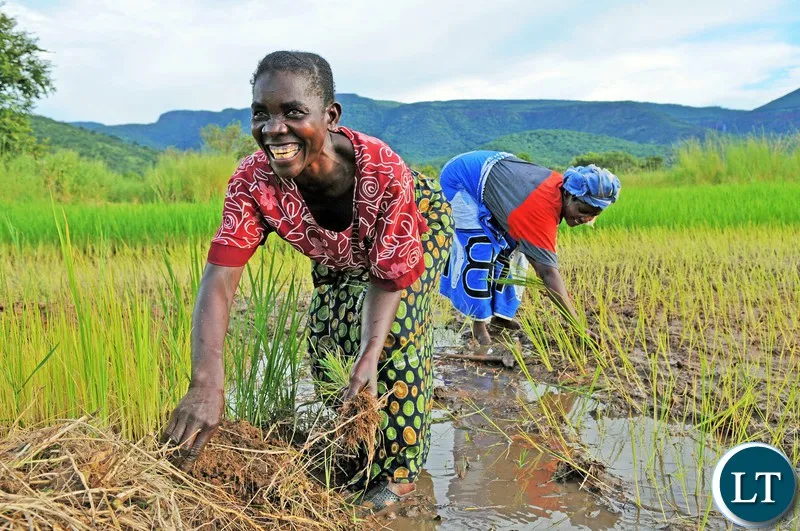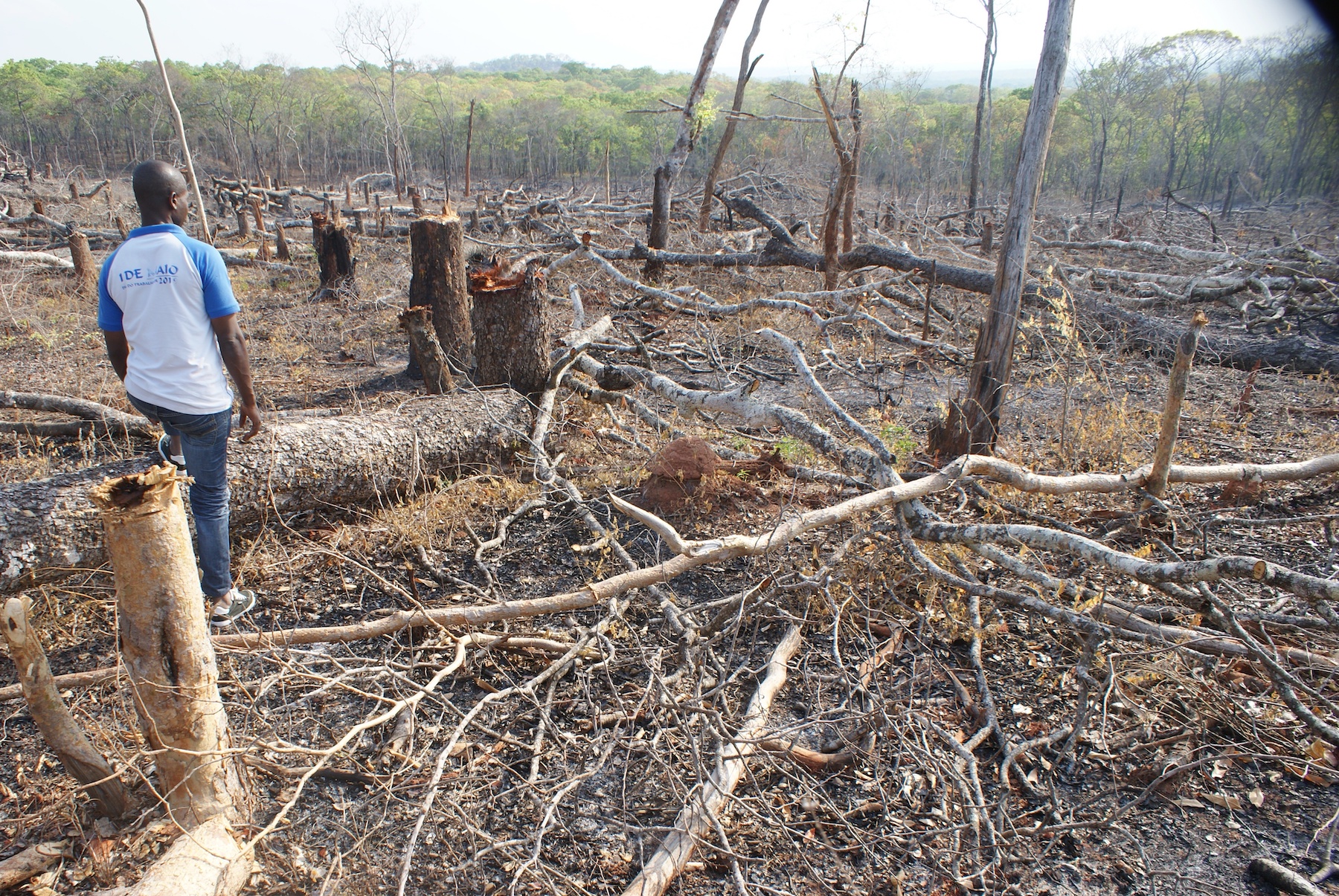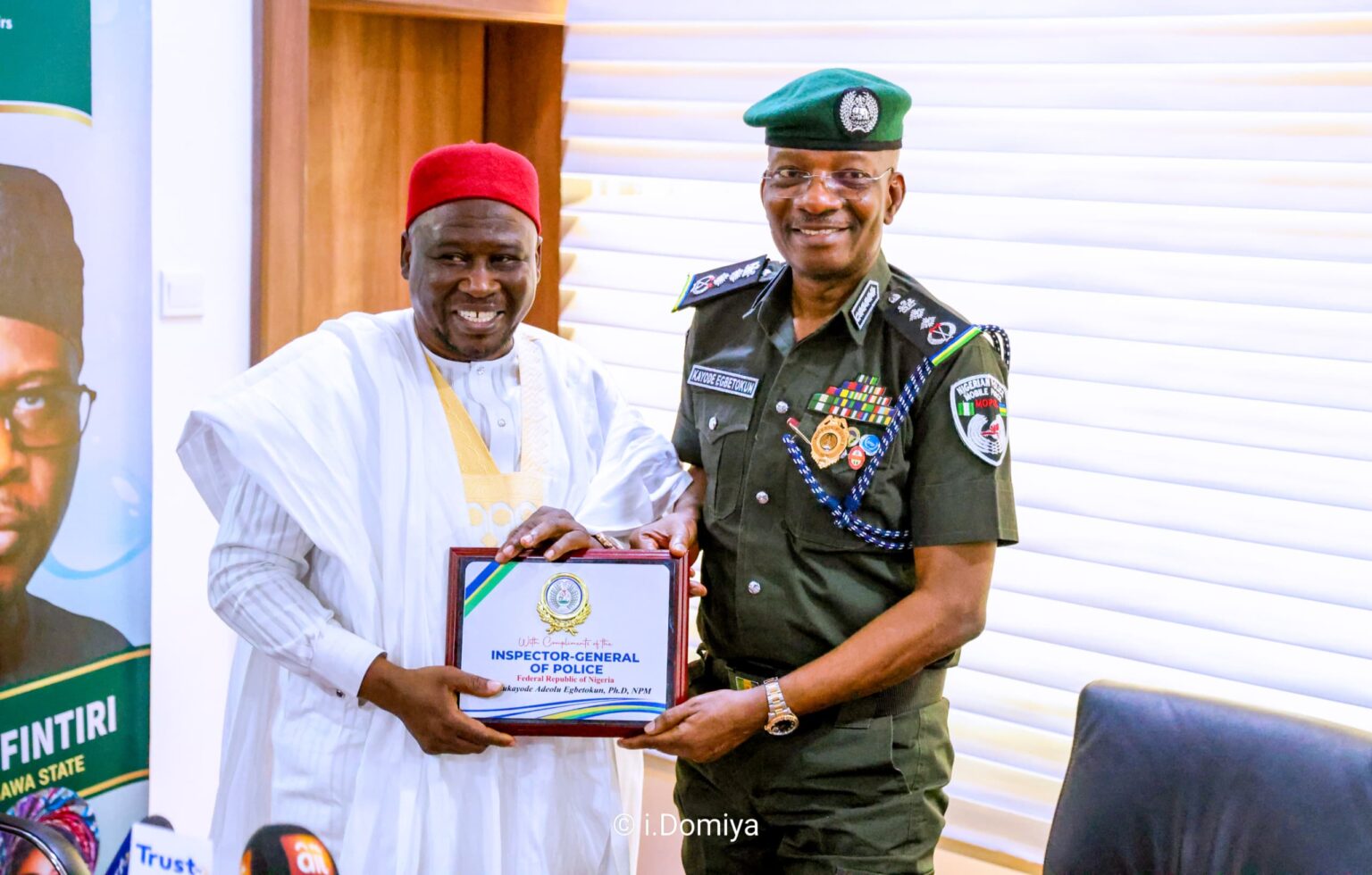
By Masiye Tembo
“With climate change threatening food security in Zambia and beyond, CWRs present a promising avenue for building agricultural resilience“
In the face of increasing climate variability, smallholder farmers in Lukolongo Agricultural Camp, Kafue District, Zambia, are discovering a potential lifeline: crop wild relatives (CWRs). A recent study conducted by climate change scientist Masiye Tembo, in collaboration with Mulungushi University’s Prof. Chansa Chomba and Eng. Francis Sichilima, highlights the role of CWRs in enhancing food security and agricultural resilience.
The study, conducted between January 28 and February 20, 2024, examined the occurrence and utilization of CWRs among local farmers. These wild plant species, closely related to cultivated crops, possess valuable genetic traits such as drought resistance and pest tolerance. According to Tembo, “Harnessing the potential of CWRs can provide a vital solution to enhance food and nutrition security, particularly in regions like Lukolongo that are vulnerable to environmental stressors.”
Rich Biodiversity but Limited Knowledge
Findings from the study reveal a diverse presence of CWRs in the region, particularly during the rainy season. Wild cucumber (Cucumis africanus) emerged as the most prevalent species, followed by bitter tomato (Solanum incanum) and bush yams (Dioscorea praehensilis). However, despite their abundance, many farmers lack sufficient knowledge on how to integrate these plants into their agricultural practices effectively.
While 98% of respondents were familiar with CWRs, a significant knowledge gap was identified, especially concerning their conservation and potential use. “The study found that while CWRs are valued for their food and medicinal properties, their integration into farming remains low due to limited awareness and technical knowledge,” Tembo noted.
Barriers to Utilization
The research identified several challenges limiting the adoption of CWRs. Legal restrictions, difficulties in identifying species, lack of specialized knowledge, and inadequate infrastructure were cited as major obstacles. Additionally, socio-cultural factors, such as perceived risks and lack of market demand, further hindered their widespread use. “More than 79% of respondents were unaware of the advantages of CWRs, underscoring the urgent need for targeted education programs,” said Tembo.
Proposed Solutions and Government Role
To enhance the sustainable utilization of CWRs, the study recommends the establishment of community-led conservation programs, educational initiatives, and seed banks. Furthermore, it calls for government investment in research and policy support to create an enabling environment for CWR adoption.
“Government intervention is crucial,” Tembo emphasized. “Developing policies that support CWR conservation, investing in research, and improving infrastructure such as irrigation and storage facilities can significantly boost their utilization.”
A Call to Action
With climate change threatening food security in Zambia and beyond, CWRs present a promising avenue for building agricultural resilience. The findings of this study serve as a wake-up call for policymakers, researchers, and farmers to collaborate in preserving and integrating these invaluable plant species into sustainable farming systems.
As Prof. Chomba aptly stated, “The future of agriculture lies in embracing biodiversity. By leveraging the genetic resources of crop wild relatives, we can build a food-secure Zambia that is resilient to environmental shocks.”
For further details, the full research report by Masiye Tembo and his colleagues provides an in-depth analysis of the challenges and opportunities associated with CWRs in Lukolongo Agricultural Camp.








